If you want to showcase your skills out to the world, the book illustration niche is a great option.
You might think that becoming a book illustrator is easy, but you’d be wrong.
The book illustration industry is a pretty competitive one.
However, if you don’t mind a few late nights, and putting up with a few rejections here and there, you might find yourself earning a book illustrator salary before you realize it.
Book illustration? What is it?
Knowing how to draw books is a tricky thing, and book illustration is actually considered a form of fine art. It is basically the art of making images and pictures, drawn, for books. What you should know is that an illustration isn’t just a pretty picture and working in the arts requires skill as you need to enhance or add to the story in one way or another.
Generally, you’ll often find illustrations in children’s book. Book illustrators can even make a book completely out of pictures too.
These pictures will do more than just add visual appeal for a kid, but they’ll also help the kid understand what the story means. As the child progresses and understands more, they’ll begin focusing on stories that have less illustrations.
Illustrations are also a great way to see steps of a particular process in an adult’s book. You’ll often find them in adult books, such as health and medical books, as well as nature and wildlife books too. In order to be able to present things well to an adult, you’ll need to know how to illustrate well, though.
The work environment of an illustrator
An illustrator is a professional that creates illustrations and drawings. The images that such a person creates will convey the messages and ideas of the book, and will help a lot in bringing the stories to life.
Many illustrators choose to focus in a specific type of book, such as a genre or a picture book. Some may even write the books that they’re illustrating, but they commonly just add illustrations to the existing manuscripts.
During the illustration, an illustrator often works directly with the book’s author. However, it sometimes happens that the two never actually meet.
Instead, the illustrator is contacted by the publisher or the editor, and he must be able to read and interpret the story, and then use their imagination when he’s doing the illustrations.
There are a few methods that an illustrator might refer to. Traditional ones use paint, pencils, or other traditional mediums. Others, though, focus on the modern approach and use computer software that gives them a lot of versatility.
Generally speaking, an illustrator should be an artistic individual. He should have advanced painting or drawing skill, and he should be a very creative individual with an imagination that knows no limits, as he’s the one that comes up with unique illustrations.
If he’s the author of his book as well, he should also have great writing skills. If he’s not, he only needs to be able to interpret and understand the text that the book’s author already wrote.
What about education requirements?
An illustrator doesn’t always need to be formally educated. However, if someone is determined to work as one, they commonly go to an art school which helps a lot with fine tuning their skills.
There are art schools that offer degree programs that directly concern book illustration, but you may also opt for a graphic design or drawing program as well.
What kind of job outlook and salary are we talking about?
The majority of people who work as a book illustrator are freelancers. They use their portfolios and show them to editors, authors, publishers in order to get work.
There’s sometimes the case of a publisher hiring an illustrator as an employee, but this doesn’t happen very often.
As far as salary goes, an illustrator may receive compensation in more than one way. Most get a sum for each project, but sometimes they may also receive royalties.
Regardless, a book illustration career can be pretty lucrative if you’re a talented individual. The average annual salary is around $50 to $55 thousand dollars, but there are many illustrators that are very talented and can make a lot more.
Traditional media vs the digital media
If you’re to ask which medium is better, that’s actually a trick question. This is, as mentioned earlier, a personal preference. The difference is mostly made by the skill level, not the tools you use. And the great thing about illustrative work is that you aren’t really limited in terms of the mediums you choose to use and combine.
The trick behind making a good illustration
Regardless of the shapes, colors and textures, a good illustration must have some sort of intention. If you have an illustration that doesn’t have a function, doesn’t have a purpose, and just looks like it was thrown together, this makes it look very unprofessional. You have to understand what your client is trying to achieve and incorporate that in the illustration.
A good illustration will also require a lot of practice. And by a lot, I do mean a lot. If you practice your art skills, this will make a world of difference to the final result, and it’s something that your coworkers, clients and supervisors will notice as well.
You’ll need a list of references
If you’re working as an illustrator, you’ll need a good list of references. If you want to keep your skills fresh, it’s essential that you research various artists and their styles, as well as practices and cultures. If you only limit yourself to creating art that you feel comfortable with, you can’t improve on your skills and get better.
Ask for feedback
Sure, your friends might not all be artists, but they should have a good idea on what looks good and what doesn’t. Make use of this, and ask them to be your extra pair of eyes.
They’ll give you a different perspective on what you’re working on, and this will help you add those finishing touches to your work and make it look stunning. You will never not need a different point of view if you want to improve and get better. However, you can’t just let anyone look at the work – having too many people do this will just be confusing.
Don’t neglect networking
You might hate the word and what it means, but it will get you work. According to the US Bureau of Labor Statistics, around 70% of all jobs are actually found this way. It will put you in touch with all sorts of useful people, and you’ll also get a break from working on your own, meaning you’ll come back with some fresh ideas.
Make sure your color palettes are good, and the backgrounds are consistent
If you have a setting that is in the same place, the color palette is best kept the same. However, if the text requires a change, go for it. When you’re aiming for continuity, you should also keep an eye out for the backgrounds. Even if the characters change, or their actions change, the backgrounds often remain more or less the same.
However, if you do need to convey movement, the best way is to put yourself in the scene. Consider what you’d be seeing, or not seeing, if you moved where the story’s direction tells you to. If there’s a stationary object that you need to keep, make sure it’s recognizable, even though you’ve changed the angle. This helps a lot for continuity, and how cohesive the book is overall.
Ending thoughts on a book illustration
There isn’t a specific way of making a great illustration. However, there are more than a few good practices that you can keep in mind. Being a good illustrator is something that requires skill, but it’s a trustworthy and well-thought-out process that leads to awesome illustrations.
If you enjoyed reading this article about book illustration, you should read these as well:
- Minimalist Icon Illustrations Depicting Relevant News Events
- 100 Days of Vector Illustration
- Illustration styles: definition and examples of this art
The post Book Illustration Examples: How To Draw Books Like A Pro appeared first on Design your way.
Source: https://ift.tt/2k1Saq9
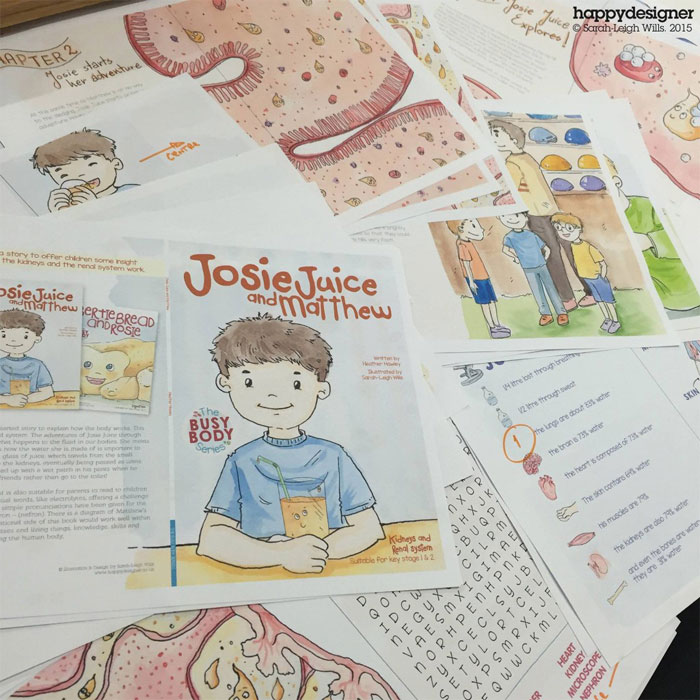

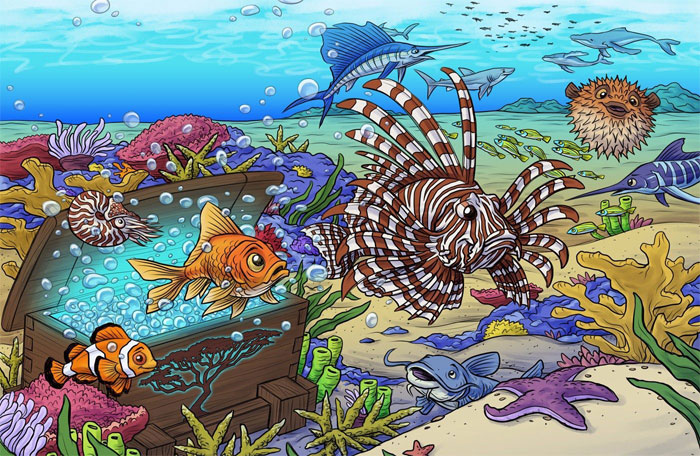
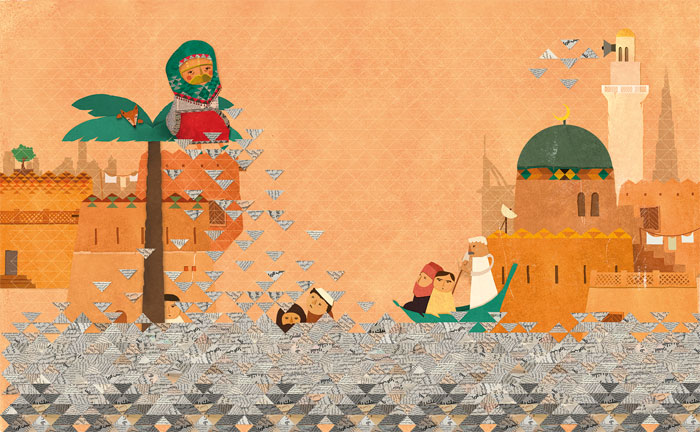
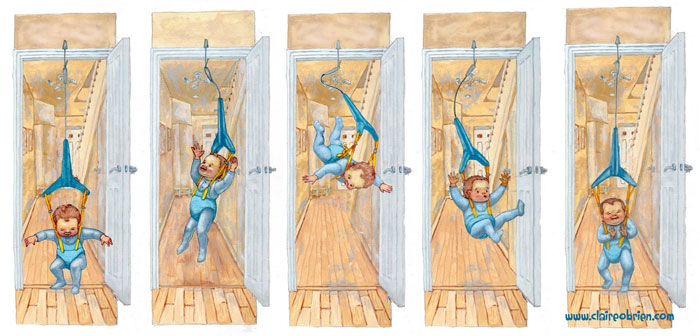
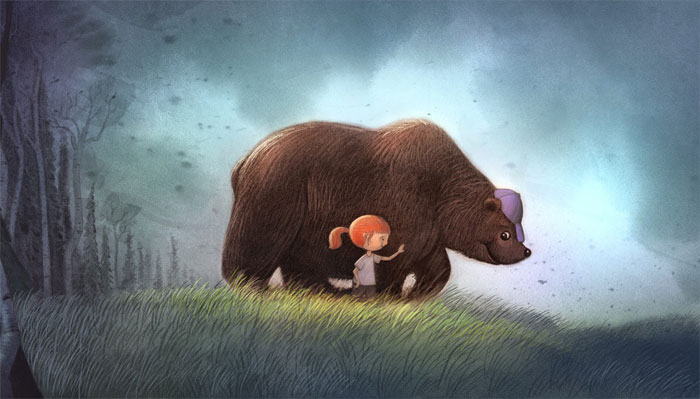
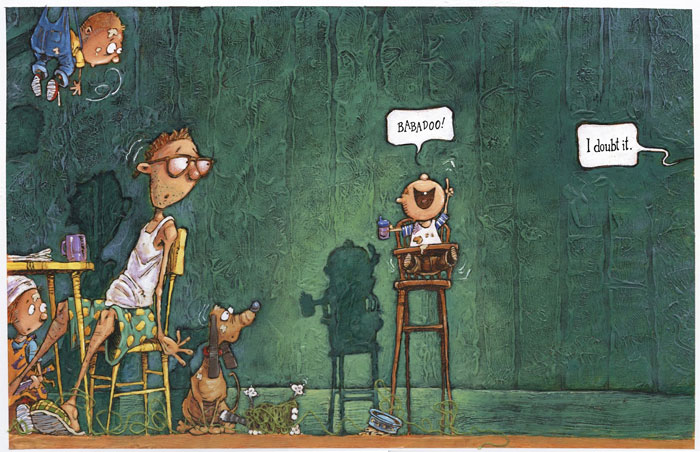
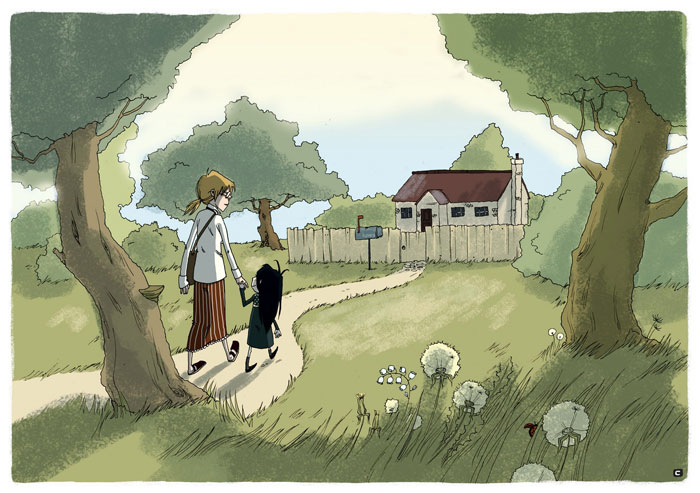
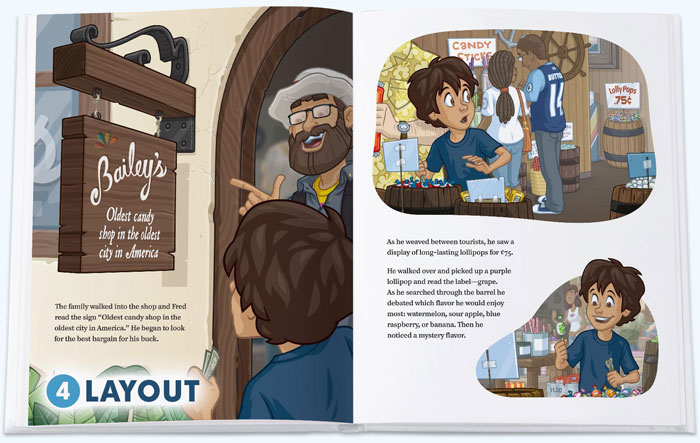
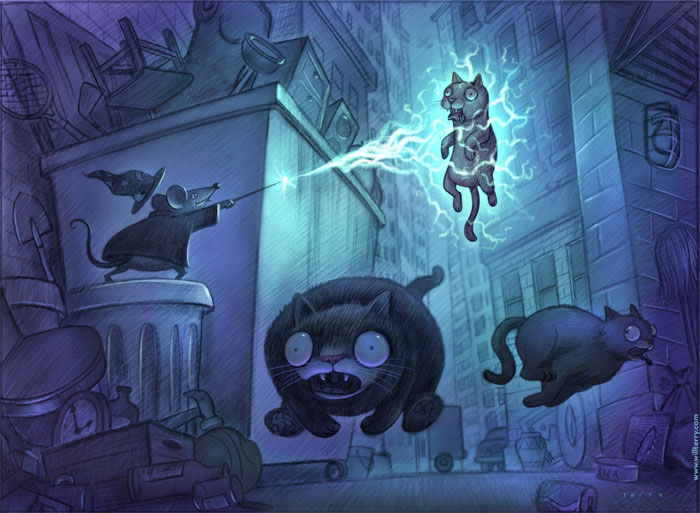
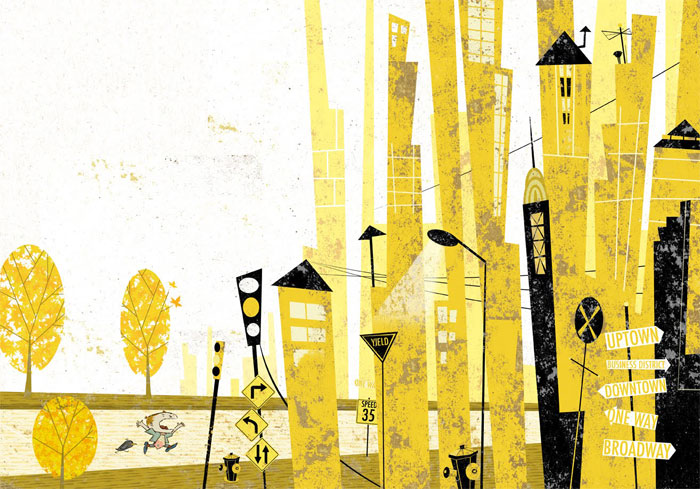
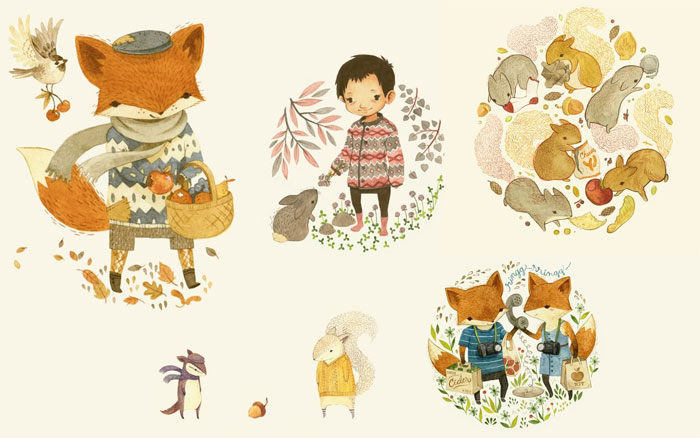
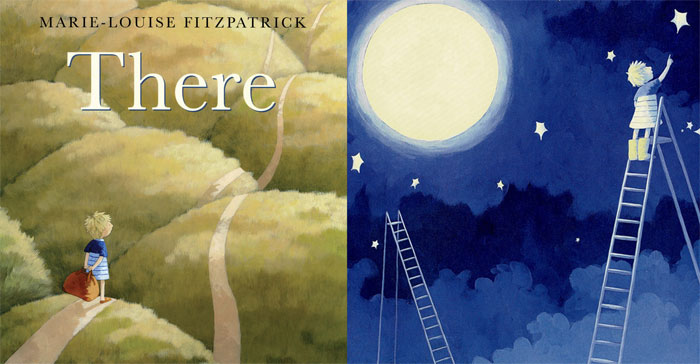
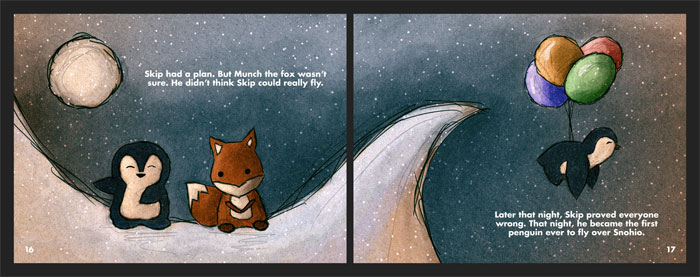
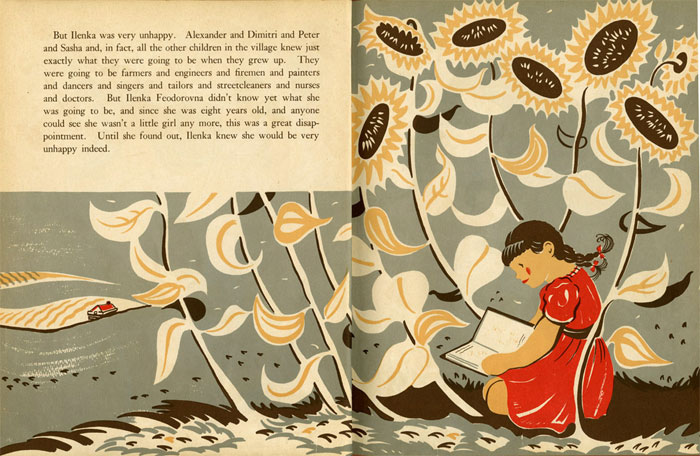

No comments:
Post a Comment